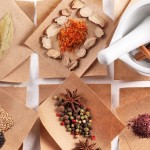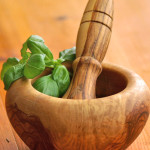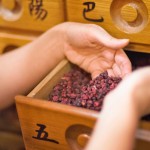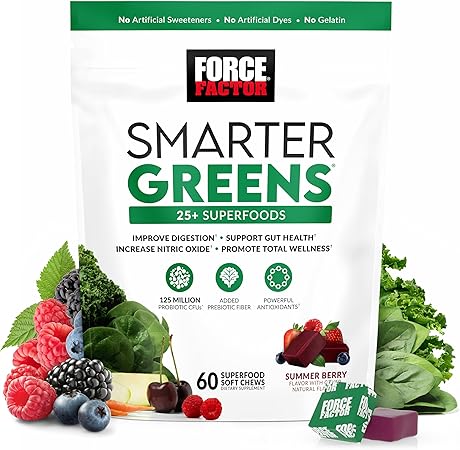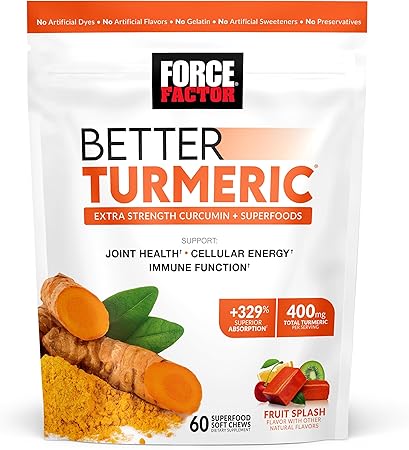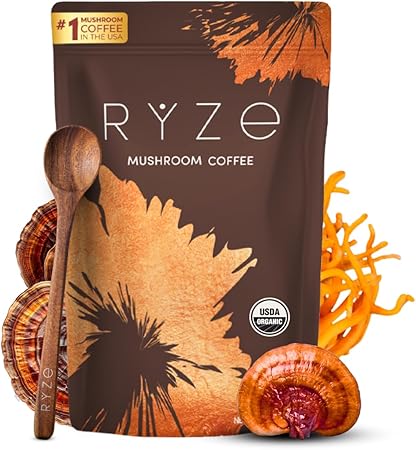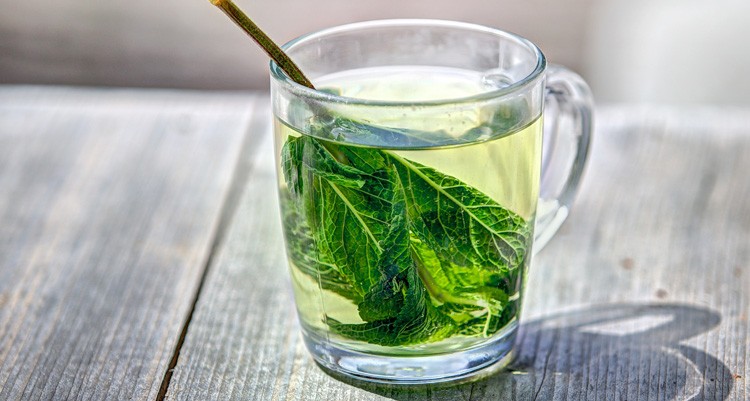
Millions of people all of the world have been drinking tea and infusions for centuries specifically for herbal medicine. In America, it has been considered a cheap convenient drink for soothing the soul and stimulating the senses. Yet there is a far more important reason that people drink tea more than any other beverage: the tea leaf has potent health-enhancing powers. The Japanese have known this for thousands of years and the modern West is just catching up to the remarkable health benefits of drinking tea.
To make a tea or infusion you must steep the fresh herb in boiling water. Many think of teas and infusions as the same, but there is a slight difference.
When making teas or herbal teas you are brewing it and you don’t leave it steeping for very long. An easy way to brew it is to place the tea bag or fresh herbs into a measuring cup with 8 ounces of water. Microwave for two minutes and you have a cup of tea. Fresh herbs make a marvelous cup of tea and are considered essential in herbal medicine.
Infusions on the other hand stay in the boiling water longer, anywhere from 10 – 20 minutes. Obviously the longer the fresh herbs steep the stronger the brew will become and it will become a more potent herbal medicine. Infusions should be used immediately after brewing to reap the most out of this herbal medicine, especially when using fresh herbs. Rule of thumb is to use 1-2 teaspoons of dried, crushed, or powdered herbs. If you want to get the most out of this herbal medicine use fresh herbs and double the amount to steep. After the steeping time your infusion will be at room temperature. It is okay to warm it back up if you prefer it hot.
Infusions can be therapeutic as well as being considered herbal medicine. While your infusion is steeping bend over the container and breathe in the steam. This will act as a decongestant when you are suffering from colds or allergies. Close your eyes, try to envision this herbal medicine as attacking the germs in your system. Visualizing the fresh herb infusions attacking the malady will help to fight illnesses quite well, according to some published studies. It is like the grounding technique used in yoga. Here again, fresh herbs make the best infusions in herbal medicine.
There is a problem with infusions as they tend to be quite bitter. And of course, if you can’t drink the infusion then it will not be an advantageous herbal medicine. To make it taste better try adding honey or sugar. If you still can’t get it down, try a different infusion. There are many different fresh herbs to try when brewing your herbal medicine.
Decoctions are a different story as they don’t use strictly fresh herbs. Here you would use the dried roots, flowers seeds and barks for their medicinal purposes, not fresh herbs. To get the most from your mixture heat will be used since it is more difficult to extract their active chemicals. Start by boiling the roots and allow them a good head start. Next add the bark, the seeds, the flowers and any spices in that order. Allow a few minutes of simmering after each addition. Then simmer the herbal medicine slowly for 10 to 20 minutes.
Now you have another use for your fresh herbs. This gives you yet another excuse to plant a beautiful herb garden.



